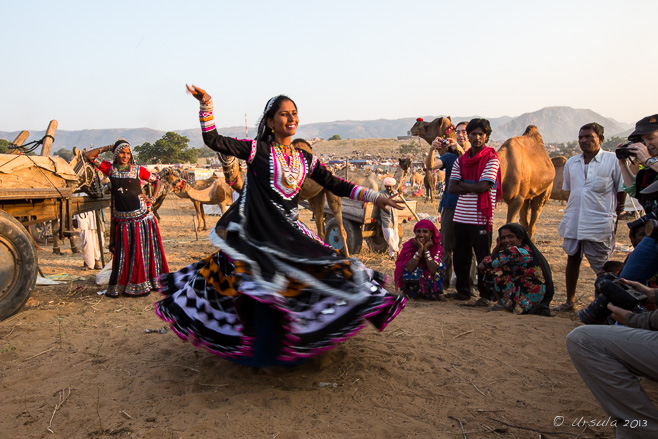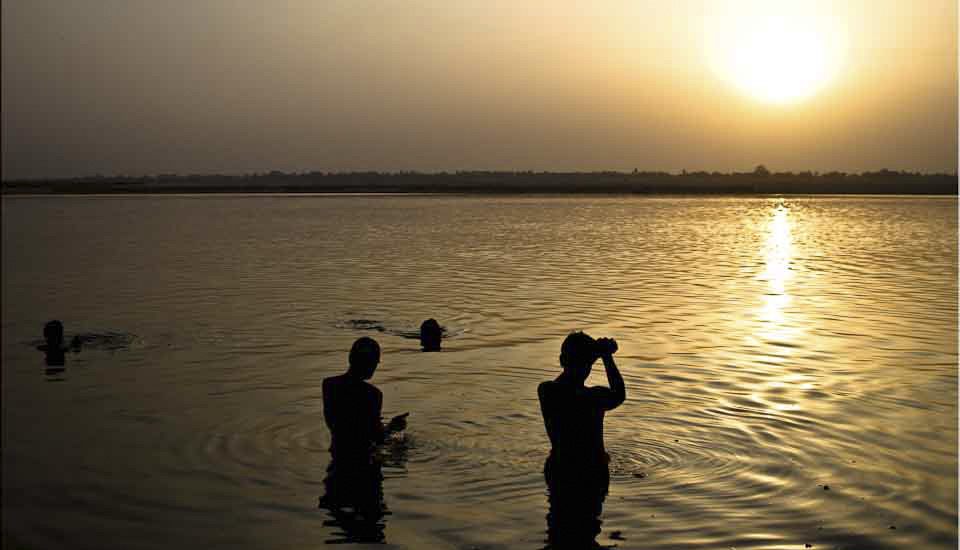
Moria and Anita
Kalbeliya gypsy sisters, Rajasthan
Incredible India!
That land of colour, chaos and contradictions.
I’ve only just returned to my quiet little corner of the NSW southcoast after three weeks of travelling in magical, manic, northern India. My suitcases are full of trinkets bought from street children and beggars, my shoes are full of desert sand, and my external drives are full of pictures. It will be months before I can fully sort out my thoughts and impressions. So, I thought I’d prepare a short post in the mean time.
“Short” turned out not to be so simple! I love what little I have seen of India – but I can’t claim to begin to understand it. To a Western-raised mind, it truly is a land of contradictions.
The caste system is a case in point. Codified almost 2000 years ago in Brahminical texts, four broad castes were defined, based on their functions – their roles – in society:
- Brahmana (or Brahmin), to look after the ‘head’; the religious and spiritual endeavours, and education;
- Kshatriya, the ‘arms’, to take care of public service, law and order, and defence;
- Vaishya, the ‘stomach’, to deal with the commerce and business; and
- Shudra, the ‘feet’, to perform semi-skilled and unskilled labour.
Castes were determined by birth and could not be altered. While this system may have ensured stability, it didn’t allow movement or intermarriage between classes. Worse, it created an underclass and excluded and ostracised whole groups of peoples as Harijan or “children of God” – more commonly known as Dalits or achuta: “Untouchables”.
While I was in India, I was told that the caste system itself was outlawed, but I can find no evidence supporting this. Since 1950, it has been against the law to actively discriminate against someone based on their caste, or to practice “untouchability”, but in practice, prejudice and even violence against India’s lower orders is still commonplace (e.g. Untouchable @ National Geographic Magazine; Human Rights Correspondence School).
Rajasthan’s desert nomadic peoples are a prime example of India’s contradictions. Even though they were “Untouchables”, gypsies were hired in the old days by kings and maharajas to provide exotic entertainment – “the Bopa are talented musicians and singers and the Kalbeliya are dancers and snake charmers” – and today they still subsist as semi-nomadic street performers. They are, however, still outsiders, and are seen by other Indians as “squatters and hustlers” and “dirty and aggressive beggars”. I was told, sotto voce, that many of the women are “entertainers”. Indeed, in some areas of Rajasthan, in the absence of educational and employment opportunities, prostitution has become their main source of income.
The two gypsy women I met, Anita and Moria, might be outside the Indian caste system, but they are proud, self-possessed, and sure of their own value. Even if Karl Grobl, our photo-tour guide had not warned tour participants of their toughness before he negotiated a contract with the sisters to pose for us, I would have felt no inclination to cross them. These young women, aged 18 and 25, with four small children between them, may be dressed in beads, fancy embroidery, and sequins, but they are as hardy as tempered steel!

Gypsy Sisters
Wagons, camels, and the hills of Pushkar provide a backdrop for our Kalbeliya models.

Gypsy Dancing
Anita dances as Moria and Pushkar fair-goers look on.

Skirts and scarves flying …

… the women manage to dance and twirl …

… on rough sand with no music!

Anita Posing

Moria and her Famous Dimple

Moria Posing

Sisters Chatting

Moria and Anita
It is hard to imagine what these bright, industrious women would have made of the their lives if they had had the kinds of opportunities we take for granted.

Perhaps they would change nothing –
The apparent contentment of many of India’s people is, for me, one of the most perplexing contradictions.
Namaste!
Photos: 12November2013














.png)


Enjoyable & as always educational. : )
Thanks to my biggest fan! 😀
Beautiful images, expertly narrated…Bravo!
Thanks SO much, Karl. I do love the opportunities you provide! 😀
Wow Ursula. . . .of course you remain amazing in both words and images.
Thanks for sharing and thanks for your part in helping to make Pushkar (before & after) so very memorable.
And I do so like my new moniker. . . Pushkar People. It was indeed wonderful being a part of it all !
Aaawe, Jan, I’d do a trip with you and Lew any day! Thanks for your kind words – and chocolate; thanks for the chocolate.
[…] Kalbeliya Gypsy Sisters Sisters Anita and Moira, dressed in their finery, perform dances for fair-goers. (See also: A Gypsy Portrait) […]
[…] experience that – while I’ve already shared some of the images I made there (see: A Gypsy Portrait, Faces at the Camel Fair, and Scenes from a Fair) – I still have a large body of work to […]